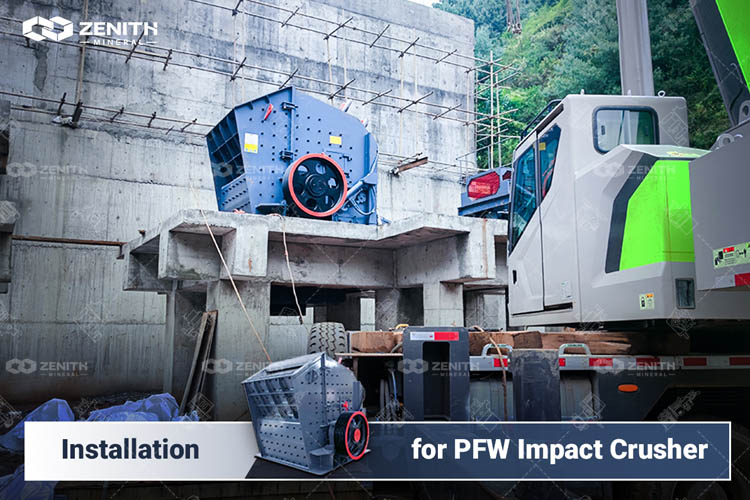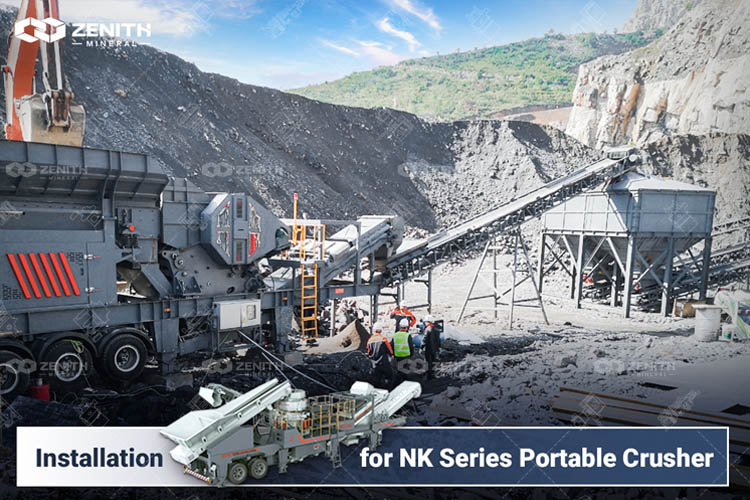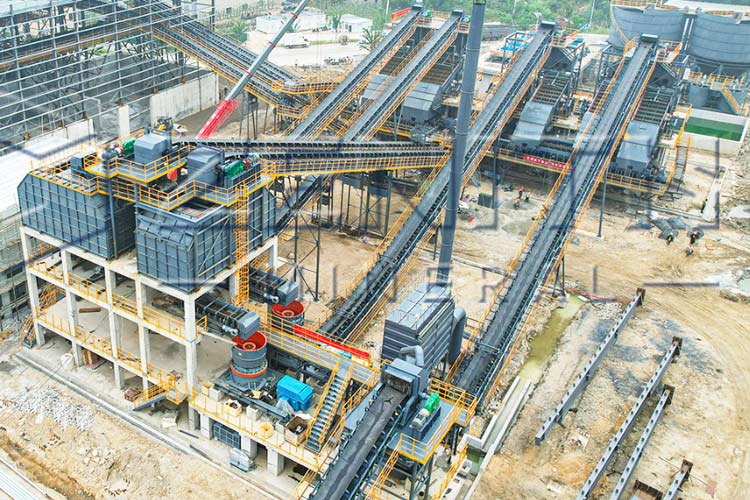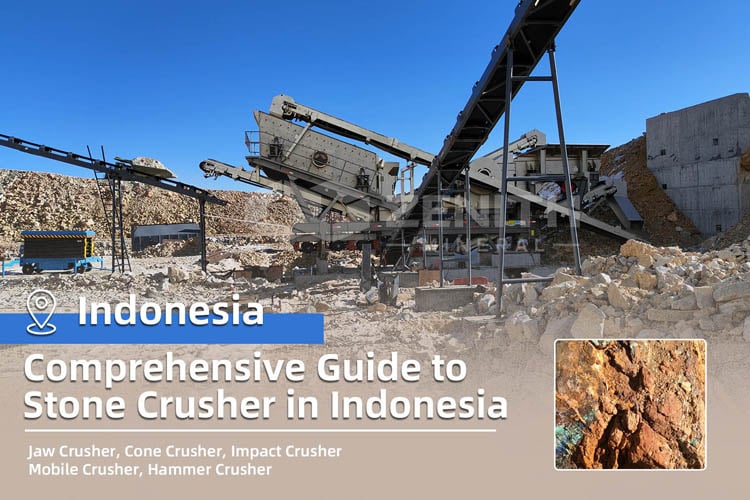The correct installation of stone crusher is imperative for safe and efficient long-term operation. As key equipment in crushing applications, stone crusher equipment must be set up precisely according to engineering specifications.
This article provides a comprehensive guide to stone crusher installation procedures. It details pre-installation planning considerations and outlines each step - from site preparation to commissioning. Proper installation methods are explained to ensure crushers fulfill designed throughput capacities.

Thorough planning aids smooth installation. Key factors include:
Robust planning mitigates risks during crusher installation and commissioning phases.
Preparing the installation site is crucial:
A stable, flat foundation prevents crusher misalignment influencing operations.

Heavy-duty lifting equipment precisely transfers crushers:
Precise, properly rated lifting mitigates risks during this critical phase.
Leveling enables optimized crusher operation:
Perfect levelness is vital for consistent performance through the crusher.
The crusher drivetrain transmits torque to the crushing chamber:
Reliable power transmission depends on correct drivetrain assembly.
Hydraulic circuits control operations:
Hydraulic integrity ensures smooth remote control of crusher functions.
Control systems utilize electricity safely:
Proper grounding/earthing guards personnel and equipment.
Commissioning validates correct installation:
Thorough commissioning ensures smooth handover for operations.
Proper installation is critical for crusher longevity and operational safety. Following recommended procedures ensures optimal performance from day one of operation.

Stone crushers are machines designed to reduce large rocks into smaller rocks, gravel, or rock dust. They are commonly used in the mining, construction, and recycling industries.

Operating a portable crusher plant during the winter months poses unique challenges due to the cold weather conditions. However, with proper planning and precautions, it is possible to maintain efficient and uninterrupted crushing operations.

This comprehensive guide aims to provide detailed insights into different types of stone crusher machines available in Indonesia, their selection criteria, performance evaluation, maintenance considerations, cost analysis, and their suitability for specific applications.
Fill your requirements here, and we'll send the custmized solution and quotation to you by the reserved contact information.